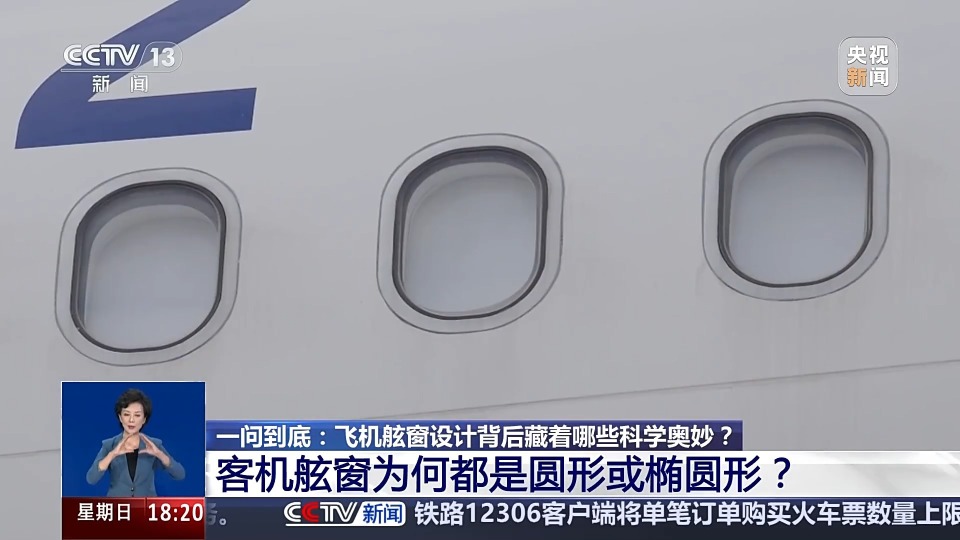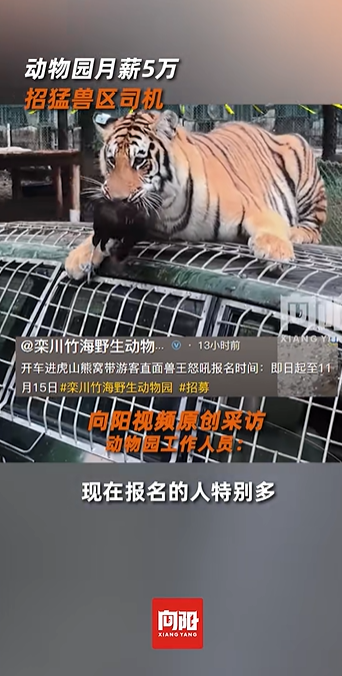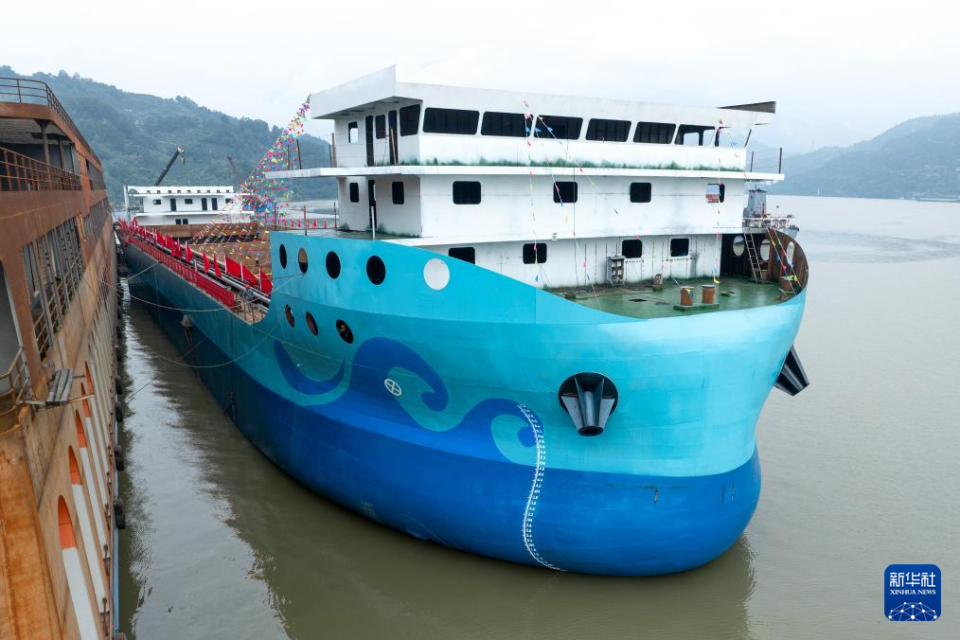在当今社会发展和经济转型的背景下,房地产行业正面临着前所未有的挑战与机遇。本文将以“房地产时代地产”为主题,旨在探讨房地产行业的发展趋势与未来展望。

让我们来看看这个行业的现状。据统计数据显示,房地产行业目前已经成为全球经济最重要的支柱之一。随着城市化进程的加速和人口老龄化问题的逐渐加剧,传统的房地产模式已经无法满足人们多样化的需求。我们迫切需要转型升级,将房地产时代发展为地产时代。
在这一转型过程中,个性化定制将成为主导趋势。以往的房地产行业重视大规模开发和标准化产品,但现在人们对房屋的需求更多样,更注重个性化的体验。未来的地产行业需要通过智能化和定制化的手段,将每一处物业打造成独特的生活空间,满足人们多元化的需求。
科技创新将成为地产行业的重要推动力。随着人工智能、物联网和大数据技术的迅猛发展,地产行业将迎来一波科技革命。未来的房地产时代将依托智能化管理系统,实现住宅、商业和社区的高效运营和智能化服务。通过大数据分析和预测,地产企业将能够更准确地把握市场需求和消费者心理,提供更个性化的产品和服务。
绿色可持续发展也将成为地产行业的重要关注点。随着环保意识的普及和对生态环境的高度重视,未来的房地产时代将更加注重生态环境的保护和可持续发展。地产企业将积极采用可再生能源和智能节能技术,为用户打造更环保、舒适的生活空间。
总结来看,房地产时代地产的到来必将深刻改变行业格局。个性化定制、科技创新和绿色可持续发展成为推动行业发展的主要力量。地产企业需要加强创新能力,积极应对挑战,适应时代变革,并将用户需求放在首位。只有如此,才能在激烈的竞争中立于不败之地。
作为房地产行业的从业者和观察者,我们应该深思熟虑地面对这一新时代。我们需要开放的思维,敢于创新,适应变革。才能与时俱进,把握机遇,迎接房地产时代地产的挑战与风险。让我们共同期待一个更美好、更智能、更可持续的地产时代的到来!
地产行业的三个时代

地产行业是一个重要的经济领域,直接关系到人们的居住和生活环境。随着时代的变迁,地产行业也经历了不同的发展阶段。本文将介绍地产行业的三个时代,并分析各个时代的特点和影响。
1. 第一时代:传统时代
- 定义传统时代
- 传统时代的特点
2. 第二时代:科技时代
- 科技时代的兴起
- 科技时代的变革与影响
3. 第三时代:可持续发展时代
- 可持续发展时代的兴起
- 可持续发展时代的特点和挑战
第一时代:传统时代
传统时代是指地产行业起步阶段,以人工劳动为主要手段。在这个时代,房地产开发主要依赖人工施工,土地供给有限,市场需求相对较小。此时,房地产行业发展缓慢,开发周期较长,规模较小。传统时代也为未来的发展打下了基础,积累了经验。
第二时代:科技时代
科技时代的到来使得地产行业发生了翻天覆地的变化。科技的发展使得建筑工艺得以改进,施工速度大幅提升,质量得到保证。互联网的普及使得信息传播更加方便快捷,房地产市场透明度大幅提高。科技时代也催生了一些新的业态,如共享经济中的共享住宿和共享办公空间的兴起。科技时代的变革极大地推动了地产行业的发展和创新。
第三时代:可持续发展时代
随着人们对环境和可持续发展的关注日益增加,可持续发展成为地产行业的重要方向。可持续发展时代注重的不仅是经济利益,更关注社会和环境的可持续性。在这个时代,绿色建筑和低碳生活成为潮流,新能源和节能技术得到广泛应用。社区的规划和运营也更加注重社交、健康和便利性,注重打造宜居的居住环境。
地产行业经历了传统时代、科技时代和可持续发展时代三个不同的发展阶段。每个时代都有其独特的特点和影响。传统时代奠定了行业的基础,科技时代推动了行业的创新和发展,可持续发展时代则关注社会和环境的可持续性。地产行业的发展将继续受到各种因素的影响,我们应该积极适应时代的变化并不断创新,共同推动地产行业的可持续发展。
Real Estate Industry in Three Eras
Introduction
The real estate industry is an important economic sector that directly affects people's living and environmental conditions. With the changing times, the real estate industry has also gone through different stages of development. This article will introduce the three eras of the real estate industry and analyze the characteristics and influences of each era.
Structure
1. Era 1 Traditional Era
- Define the traditional era
- Characteristics of the traditional era
2. Era 2 Technological Era
- Rise of the technological era
- Transformation and impact of the technological era
3. Era 3 Sustainable Development Era
- Rise of the sustainable development era
- Characteristics and challenges of the sustainable development era
Body
Era 1 Traditional Era
The traditional era refers to the initial stage of the real estate industry, where manual labor was the primary means. In this era, real estate development mainly relied on manual construction, with limited land supply and relatively small market demand. At this time, the real estate industry developed slowly, with long development cycles and small scales. However, the traditional era also laid the foundation for future development and accumulated experience.
Era 2 Technological Era
The advent of the technological era brought about revolutionary changes in the real estate industry. Technological advancements improved construction techniques, significantly increasing construction speed and ensuring quality. Meanwhile, the popularity of the internet made information dissemination more convenient and efficient, greatly improving the transparency of the real estate market. The technological era also gave birth to new business models, such as shared accommodations and shared office spaces in the sharing economy. The transformation in the technological era greatly propelled the development and innovation of the real estate industry.
Era 3 Sustainable Development Era
With the increasing focus on the environment and sustainable development, the real estate industry entered the era of sustainable development. This era not only emphasizes economic interests but also pays attention to the social and environmental sustainability. In this era, green buildings and low-carbon living become trends, and new energy and energy-saving technologies are widely applied. In addition, community planning and operation also prioritize social interaction, health, and convenience, striving to create livable residential environments.
Conclusion
The real estate industry has gone through three different stages of development the traditional era, the technological era, and the era of sustainable development. Each era has its unique characteristics and influences. The traditional era laid the foundation for the industry, the technological era drove innovation and development, and the era of sustainable development focuses on the social and environmental sustainability. The development of the real estate industry will continue to be influenced by various factors, and we should actively adapt to the changes of the times and continuously innovate, promoting the sustainable development of the real estate industry.
房地产的时代已经过去了吗?
曾几何时,房地产行业是一个繁荣的金矿。随着时间的推移,房地产市场发生了翻天覆地的变化。面对人口增长放缓、政府政策调控以及消费者观念转变等挑战,我们不禁要问:房地产的时代已经过去了吗?

1.新形势下的房地产市场
a. 人口增长放缓带来的挑战
b. 政府政策调控的影响
c. 消费者观念转变的冲击
2.房地产行业的转型与创新
a. 创新科技的应用
b. 规模化与专业化发展
c. 合理定价与市场预测的重要性
3.房地产行业的前景与挑战
a. 城市化进程与发展潜力
b. 结构调整与整合的迫切需求
c. 可持续发展与绿色建筑的兴起
4.房地产的时代并未过去,而是正在演变
我们必须承认,人口增长放缓对房地产市场事态造成了严峻的挑战。随着人口红利的减弱,房地产市场的需求量也相应减少。加之年轻一代对于购房观念的改变,更多的人选择租房而非购房,这无疑对房地产行业造成了冲击。
政府政策调控也对房地产市场产生了深远的影响。政府的严格调控措施旨在稳定市场,遏制投资炒房。限购政策、限贷政策以及税收政策等一系列措施的出台,有效地抑制了房价过快上涨,使市场更加健康有序。这也对房地产企业带来了巨大的压力,迫使它们寻求创新发展的路径。
消费者观念的转变也在推动房地产行业的转型与创新。年轻消费者对于住房的需求不再局限于面积与地段,更加注重生活品质与社区环境。房地产企业需要通过提供更多的附加价值,如优质教育、便利交通、良好的生态环境等,来吸引消费者购房。
面对新的形势,房地产行业也在不断转型与创新。创新科技的应用为房地产行业带来了新的发展机遇,如人工智能、大数据、云计算等技术的运用,可以提升房地产企业的管理效率与服务质量。规模化与专业化发展也成为房地产企业的必然选择,通过提高企业的专业化水平,降低成本,提高效益。
房地产行业的转型与创新并非易事。城市化进程的加速使得房地产市场仍然有巨大的发展潜力。随着人口流动与城市发展的需求不断增长,房地产行业仍然有着巨大的市场需求。结构调整与整合的迫切需求也是房地产行业面临的挑战。过去的房地产开发模式已经不能适应当前市场的需求,企业需要通过创新机制,整合资源,加强协同合作来提高竞争力。可持续发展与绿色建筑的兴起也为房地产行业带来了新的机遇与挑战,因为对于环保与节能的需求日益增长。
房地产的时代并未过去,而是正在不断演变。面对人口增长放缓、政府政策调控以及消费者观念转变等挑战,房地产行业必须转型与创新以适应新的市场环境。城市化进程、结构调整与整合、可持续发展与绿色建筑等因素也为房地产行业带来了新的发展机遇。只有不断创新与适应变化,房地产行业才能在新的时代中取得更加可持续的发展。


























